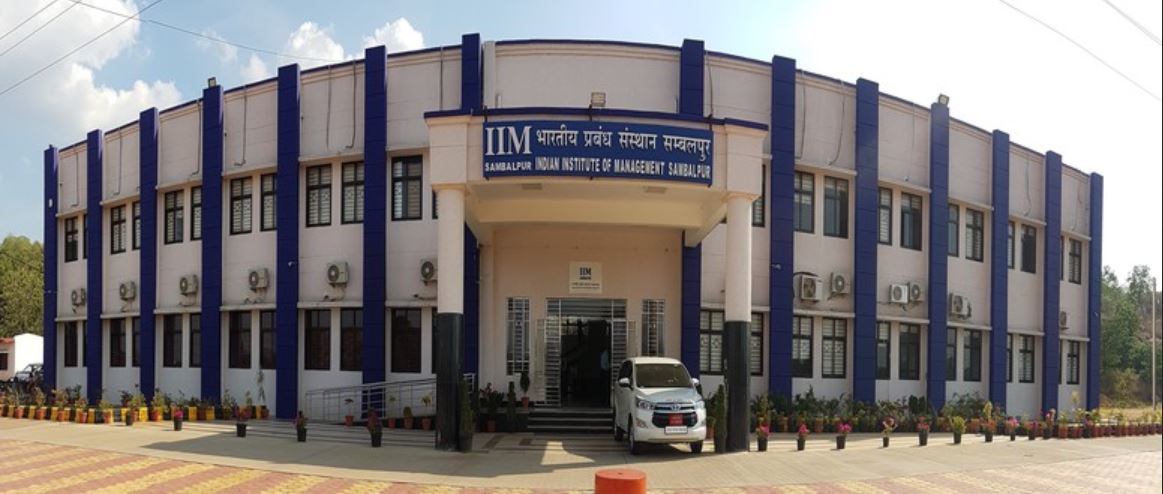Rental rehabilitation for slum dwellers
In a bid to check the mushrooming growth of slums in the state, the BJD government is planning to create rental housing blocks at an affordable monthly rent of up to Rs 2,000 for the poor.
The recently announced Scheme for Affordable Urban Housing in Odisha-2012 has enunciated that the government shall provide land to the urban local bodies (ULBs) for creation of such housing blocks.
The scheme said government will create two types of rental houses. Those for the economically weaker section (EWS) will be offered for maximum rent of Rs 1,250 per month. The houses for low income group (LIG) will be available at Rs 2,000 per month. The civic agencies concerned will revise the rent from time to time.
The civic bodies will deploy private developers to create such houses with infrastructure such as water supply, electricity, sewerage and solid waste management on land provided by the government at a concessional cost.
The government will allot the rental houses to the identified below poverty line ( BPL), EWS, LIG beneficiaries for a maximum period of one year. The government has kept benchmark of income up to Rs 7,500 per month as EWS and Rs 7,501 to Rs 15,000 as LIG. The civic bodies concerned will get 25 per cent of the rent collected to maintain the housing blocks.
Apart from rental blocks, the government aims to create 1 lakh affordable dwelling units in the cost range of Rs 7.5 lakh to Rs 15 lakh in 10 years for the poor. Odisha State Housing Board ( OSHB) will act as the state level nodal agency for implementation of the scheme, notified by the housing and urban development department recently.
To promote affordable housing, the government has decided to reserve 20 per cent of developed land earmarked for residential purposes in the city development plan for houses under EWS, LIG and lower middle income group (those having income from Rs 15001 to Rs 20,000 per month) categories. All private developers have to reserve 15 per cent units for EWS and LIG housing in plots exceeding 2000 sq meters.
The government will give 100 per cent stamp duty exemption to EWS and LIG houses and 50 per cent to LMIG houses. Besides, the ULBs will give concession in holding tax.
The government has floated three models for developing affordable houses.
Under model 1, all Odisha State Housing Board (OSHB) housing schemes shall earmark at least 60 per cent of the total built-up area for EWS, LIG, LMIG and MIG (middle income group having income from Rs 20001 to Rs 25,000) housing, 15 per cent for each category. In return, the board will get government land at concessional rate.
Under Model 2, any private developer intending to build EWS and LIG dwelling units beyond the mandatory provision of 15% of built-up area can participate under voluntary development plan on private land through competitive bidding. Builders of such projects have to reserve 60 per cent of the built-up area for EWS, LIG, LMIG and MIG housing. In exchange, they will be allowed to use the unreserved portion to commercial usage. There will be no height restriction on such constructions.
Under Model 3, government land will be identified for allotment to private developer for construction of EWS and LIG housing through competitive bidding. At least 75% of dwelling units of such projects shall be utilized for EWS and LIG housing. The developer shall be free to use the balance area in any manner subject to building regulations.
Government plans to roll out the scheme in six cities covered under Rajiv Awas Yojna of Bhubaneswar, Cuttack, Berhampur, Sambalpur, Rourkela and Puri besides Jharsuguda, Jajpur, Kalinganagar, Angul, Balasore and Paradeep in the first phase.
The scheme has evoked mixed reaction from the builders. “It is overall a very good scheme. The stamp duty exemption on EWS housing will boost creation of such houses. Rental blocks will prevent growth of slums,” said DS Tripathy, Odisha head of Confederation of Real Estate Developers Associations of India (CREDAI). Real Estate Developers Association of Odisha president Pradipta Biswasray, however, said the policy should have more clarity. “It speaks about rental blocks. But details of how the programme will be implemented is not clear,” Biswasray said.






 IIM Sambalpur
IIM Sambalpur
Leave a Reply